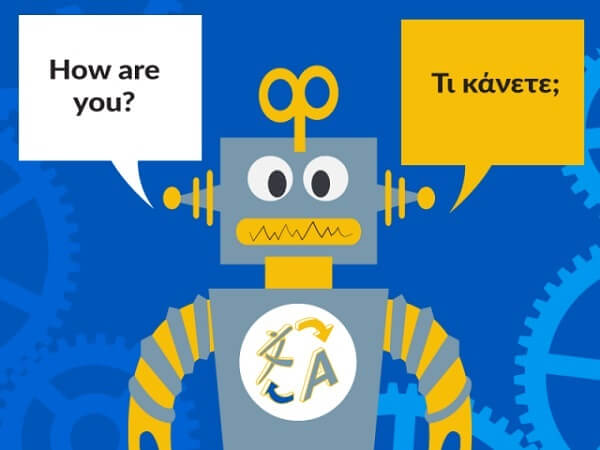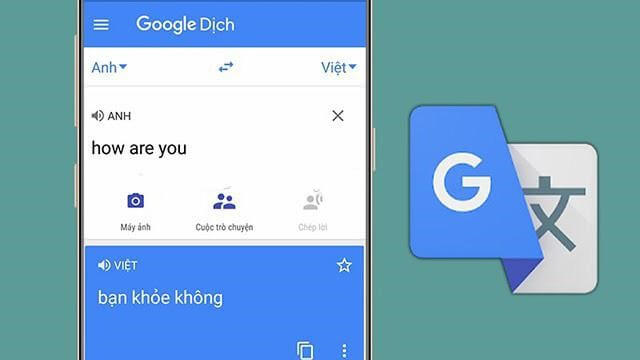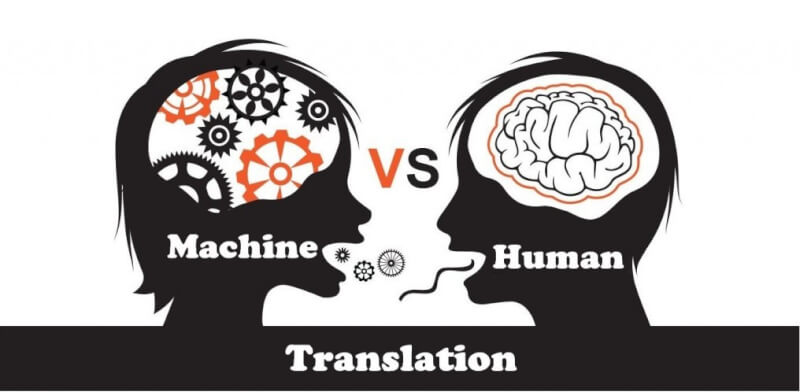Machine translation is an integral part of the translation and localization industry today as companies continue to strive to scale, automate, and streamline translation output. But what exactly is machine translation and how does it work? How can we control the quality of the translation and what process are the translators involved in?
How Machine Translation Works?
Machine translation, in simple terms, is the use of software to translate – text or voice – from one language to another. By using algorithms, patterns, and language models pulled from a large database of existing translations, it can recommend translations to language experts or, in some cases, automatically. translate large amounts of text without human involvement. For context, software elements fall under subject categories (e.g. medical, legal, scientific), online resources, and glossaries.
There are different types of machine translation with varying degrees of complexity. You may have read computer-aided translation, human-assisted translation, and interactive translation. They are not the same as machine translation, each with its own distinct characteristics and toolkits.
>>> Recommended viewing: 10 Best Translation Tools For Translators
Types of Machine Translation
People have been studying machine translation technology since the 1940s, with each new technology improving the process incrementally over time. And over time, emerging technologies like artificial intelligence and deep learning have also been heavily integrated into its inner workings.
There are three types of machine translation: statistical machine translation (SMT), rule-based machine translation, and neural machine translation.
Rule-based machine translation (RbMT)
The first widely used machine translation software and still used today,. Is a rule-based system – thanks to an almost infinite number of algorithms based on the grammar, syntax, and phrases of the language.
Statistical machine translation (SMT)
Statistical machine translation is a method that has been heavily developed over the past decade, although it was first conceived in 1949. SMT uses statistical language models with parameters based on sources. languages are made up of large, structured sets of texts. Although it makes efficient use of human resources and data, translations are often superficial, like translations that don't flow using Google Translate. It also doesn't work well with language pairs with different syntax. Linguists need to help out.
Neural Machine Translation (NMT)
Neural machine translation was first launched in 2016. NMT uses an artificial neural network to predict the sequence of words and continuously improves translations by learning from multiple sources, databases, glossaries Terms and translation suggestions have been approved by the translator. NMT software typically runs on the CPU's graphics units to accommodate the massive processing power it needs to function.
Many translation service companies use NMT because they have realized that it increases translation productivity and cuts costs, which is a unique B2B selling advantage. Organizations that use it include Microsoft (including Skype, Bing, etc.), Systran, Reverso, and IBM.
Mixed machine translation
Mixed machine translation means that two of the types mentioned above are used at the same time. Companies use this approach as a safe way to provide accuracy and ensure control, rather than relying on one solution. Prompt, Systran and Omniscien Technologies are some of the companies that use it.
There are pros and cons for each type of machine translation. RbMT is better in terms of consistency and predictable quality than SMT, while RbMT exhibits more fluency and is capable of catching outlier rules. However, the most sought-after solution today is neural software.
.>>> Recommended article: Compare machine translation and translation tools
Machine Translation System
There are three types of machine translation systems that can be applied to any machine translation technology:
Generic MT is the most basic MT system that provides instant translations with little or no customization, such as Google Translate, Bing, Reverso and Yandex. MT is customizable using Generic MT's platform, but allows users to tailor terminology based on context, category, style, target audience, etc.
The adaptive MT system is the most commonly used system in CAT . tool. It provides translation recommendations directly to language experts and learns from choices made over time to improve what is suggested.
Adaptive MT works in conjunction with translation memory and has proven to be one of the most useful tools for translators, as it significantly speeds up work and output.
Machine Service Technology, Tools and Services
Machine translation is widely available, such as in the cloud, on a platform, on a server, or through software integration with the use of an API.
For example, translation services from Google, Microsoft, and Amazon sell cloud APIs, while other developers like Systran and Prompt offer customizable MT through a server or desktop product. However, professional translators mostly use MT right in the CAT tools they need for their work, like Trados, MemoQ, etc.
Users can also explore independent and open source machine translation options. They allow anyone technically savvy to build their own machine translation engine. To use any open source toolkit, you need to equip yourself with a large collection of parallel texts in two languages.
Machine Translation Quality
Machine translation software, while useful in improving the productivity of translators and translating large volumes of text, must also adhere to high quality standards. This is why language experts are tasked with editing MT's post-production to ensure the result is a natural translation that is contextually relevant, has a human conversational feel, and is localized. exactly for the target audience.
Translation quality is also more technically guaranteed. Computational engineers are tasked with reviewing MT engines with tests and A/B tests on an ongoing basis. Some tests, such as the automated test BLEU (Bilingual Assessment), ROUGE, NIST, and METEOR meticulously check the similarity between machine and human translations of the same text.
>>> Recommended viewing: Top 5 Translating Apps by Phone
Another concern besides quality is security. Because many machine translation platforms are shared, translations are not always kept confidential. Many companies prevent this by setting up an on-premises machine translation engine that runs inside the corporate network that doesn't allow outside access. Cloud solutions, on the other hand, use data encryption. That's why companies should avoid options open to the public, which are easy portals for hackers.
Benefits of Machine Translation
Machine translation is done without human intervention, best suited for relatively simple text. It has traditionally been implemented for user-generated content such as reviews, forums, and auctions.
Depending on your quality expectations, content types, and purposes, machine translation can do a good job at translating simple, general business documents into several languages. The rise of machine translation allows many companies to enjoy the same benefits as those created by translation memory, including:
- The ability to get content to market faster.
- Terminology consistency.
- Higher productivity of translators.
- Lower translation costs.
It is important to note that translators spend less time on certain tasks. As a result, they can comfortably work on more projects.
Machine translation technology is an exciting interdisciplinary field that combines the latest technology, linguistics, and localization. The growing demand for content localization will continue to drive technological advancements in MT at an increasingly rapid pace. Linguists must find effective ways to control the quality and human exposure of machine translations.
Sharing Translation Experience

Nguyen Trung Khang - Talented interpreter and translator, passionate about translation
Nguyen Trung Khang is a talented interpreter and translator, with many years of experience in the field of translation and linguistics. He graduated from Ho Chi Minh City University of Education, majoring in Linguistics in 2015.
After graduating, Mr. Khang participated in a professional interpretation and interpretation training course at the University of Foreign Languages - Hanoi National University. He achieved a high-level certificate in interpreting and interpreting, and was also awarded a master's degree in linguistics.


